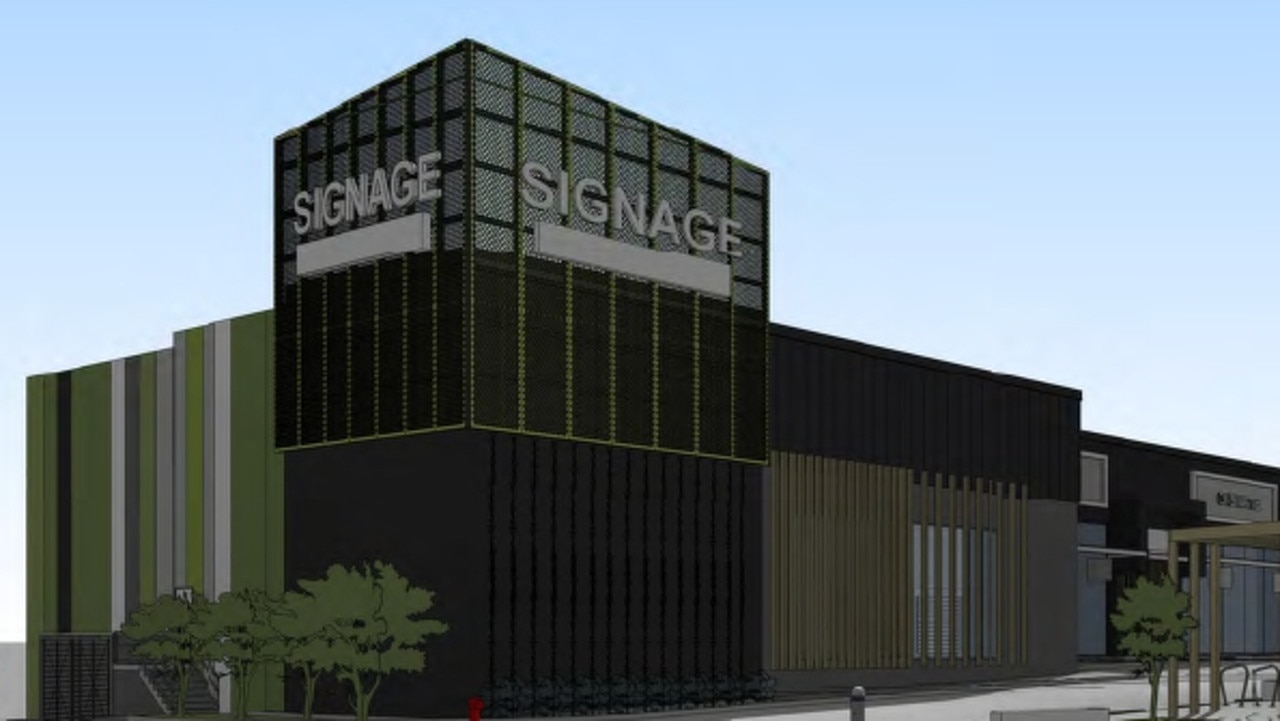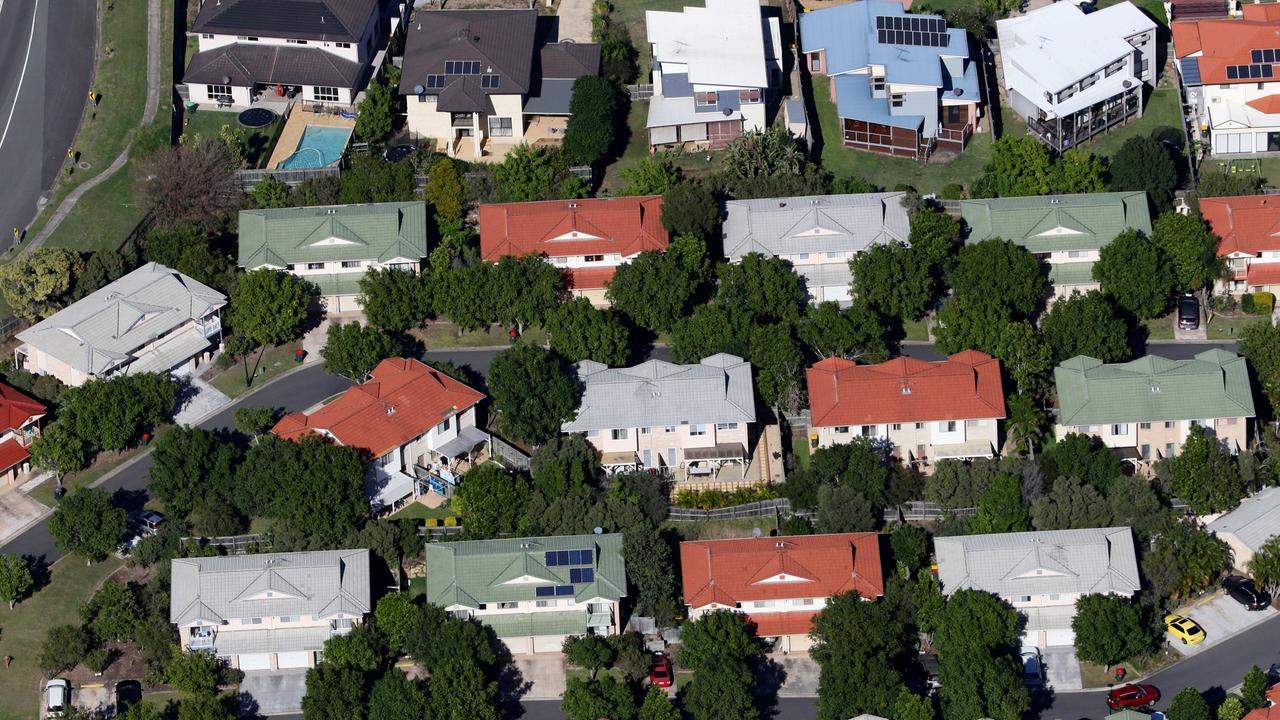Revealed: The QLD suburbs where landlords are losing money
Landlords across QLD could be more than $5600 worse off now than before the assault on interest rates began 21 months ago, even after sky-high rent increases. FIND OUT WHERE
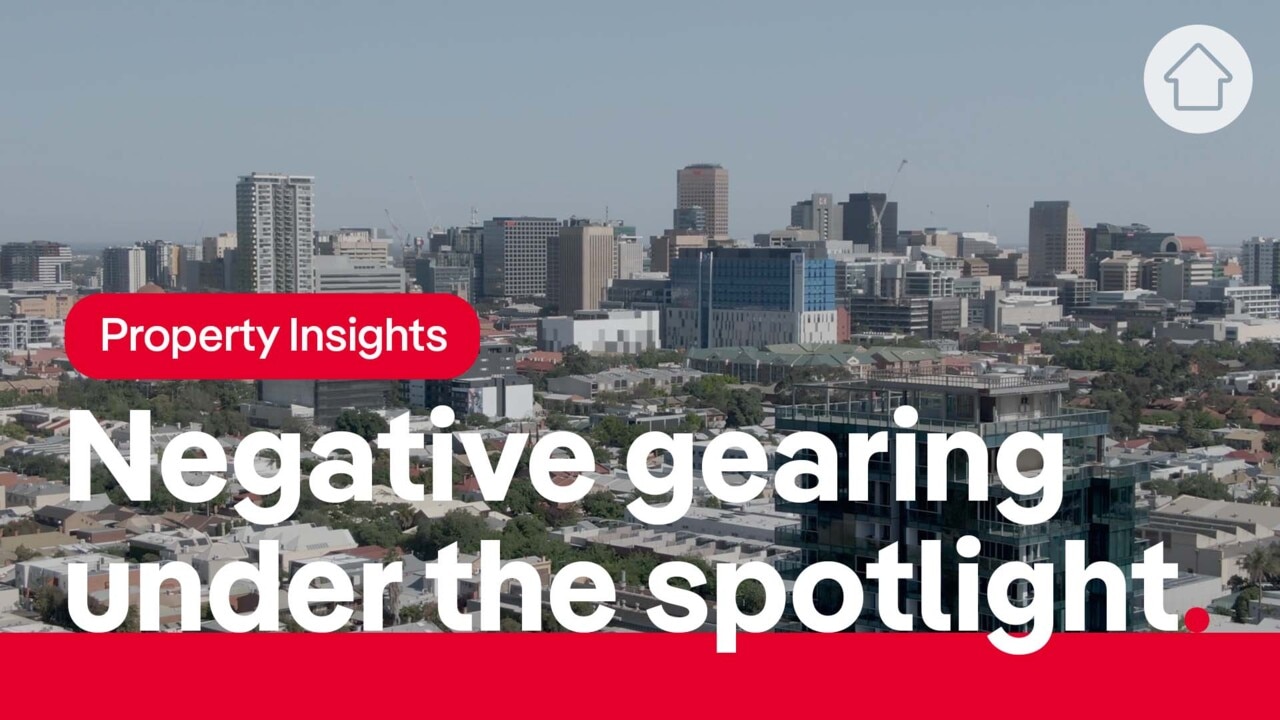
Property
Don't miss out on the headlines from Property. Followed categories will be added to My News.
Landlords in 187 suburbs across Queensland could be more than $5600 worse off now than before the assault on interest rates began 21 months ago, despite sky-high rent increases across the state.
Exclusive analysis by PropTrack has revealed the suburbs with the most negatively geared properties in the Sunshine State, with an estimated 90 per cent of investors in one suburb alone believed to be making a loss.
Robertson, on Brisbane’s southside, is believed to have the most negatively geared properties in the state, with 90 per cent of properties likely to be negatively geared based on the analysis.
There, the typical loss is likely $18,384 by tax time, up from $18,150 in April 2022, before the Reserve Bank of Australia lifted interest rates from a record low of 0.1 percentage points.
It is now 4.35 per cent.
Rounding out the top five suburbs with the most negatively geared properties were Tarragindi (88.7%), Bardon (87%), Mansfield (85.6%) and Sunnybank (85.1%).
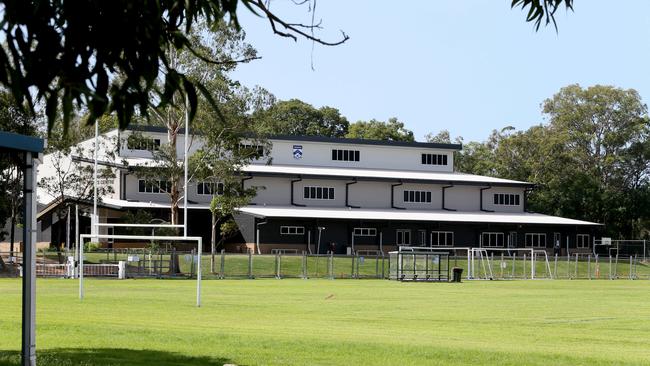
PropTrack senior economist Angus Moore said the analysis looked at the proportion of recent investors estimated to be in a position where interest on their loan exceeded rental returns.
He said it looked at purchases since 2019 and then calculated estimated losses in April 2022 before the first interest rate hike, and now, without taking into account others costs like maintenance and management.
“While we have seen enormous rent increases, in many cases they have not been enough to offset mortgage costs,” Mr Moore said.
“But the big reason we are seeing rent increases is not because costs have gone up, but rather the lack of housing supply.
“We just don’t have enough properties or investors and when investors use negative gearing, it means they are losing money on that property.”

Outside of the capital city, the majority of negatively geared properties were located in the tourist haven of the Sunshine Coast, led by Sunshine Beach (84.4%).
On the Gold Coast, 63.3 per cent of Broadbeach Waters investment properties were likely to be negatively geared.
Up north, 21 per cent of North Ward investors in Townsville were likely to be making a loss, while in the Cairns region, 20.3 per cent of investors on the Tablelands were likely to be utilising the tax break.
Out of all of the areas analysed, Fortitude Valley, a unit dominated market, had the lowest level of negatively geared properties at 10.8 per cent, followed by Woodridge (13.5%), Trinity Beach (15.6%), Gympie and Brisbane City (16.5% each).
In terms of estimated financial loss, landlords who bought properties in Gordon Park during the pandemic could be up to $5617 worse off now than in April 2022, with out-of-pocket costs up from $11,700 to $17,317.
Landlords is Peregian Beach, Hamilton and Yeronga have also seen their costs increase by more than $5000 a year in just 21 months, albeit those costs are likely off-set by higher capital gains.
Greater Brisbane’s average home price climbed 58 per cent since the start of the pandemic, while in regional Queensland they are up a staggering 60 per cent.
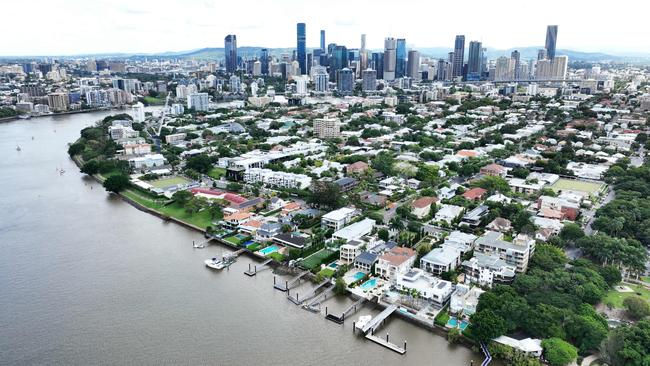
At the other end of the spectrum, landlords in more affordable suburbs have likely seen their out-of-pocket costs reduce on the back of rent increases, but that does not take into account things like maintenance.
Kewarra Beach investors have the lowest estimated loss in the state, typically $1138 a year with 19.7 per cent of rental stock likely to be negatively geared.
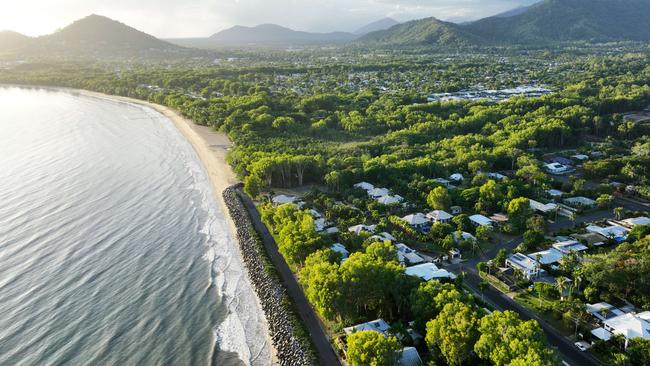
Property Investment Professionals of Australia (PIPA) board member Peter Koulizos said his own research showed that the benefits of negative gearing were not as generous as the government liked to imply.
“Investors already pay more than six times in capital gains tax than what they receive in negative gearing benefits over a 10-year period, so, the government is well ahead financially as it is,” Mr Koulizos said.
The research found that if investment activity reduced by even just five per cent, there would be 166,600 fewer properties available to rent.

The Federal Labor government is being pressured by The Greens to overhaul negative gearing and capital gains tax.
Earlier this month, The Greens demanded “significant changes” to negative gearing and capital gains tax discounts, arguing the system is stacked against renters and first home buyers.
But the 2023 PIPA Investor Sentiment Survey revealed that 38 per cent of landlords would consider selling this year due to tax and tenancy reforms.
“Making changes to negative gearing and capital gains tax provisions in the midst of a housing crisis isn’t smart,” Mr Koulizos said.

Queensland’s rental housing pool has shrunk by almost two thirds since the start of the pandemic in early 2020, with the share of rental properties vacant and available in both Brisbane and regional Queensland now 58 per cent lower than it was four years ago.
Despite this, Queensland’s population increased by more than 138,000 people in 2022/23 alone, with record overseas migration accounting for 84,000 of those new residents.
Data from Ray White shows that private investors account for 83.1 per cent of all rentals in Australia.
“Although they are frequently criticised, incentives available to property investors in Australia have been successful in providing a steady stream of rental properties and keeping the proportion of households under rental stress at globally low levels,” Ray White chief economist Nerida Conisbee said.
“Between 1996 and 2021, there were an additional 1.1 million rental properties provided by investors.
“Compare this to an increase of 41,000 homes provided by community groups and a loss of 53,000 rental properties provided by the government.”
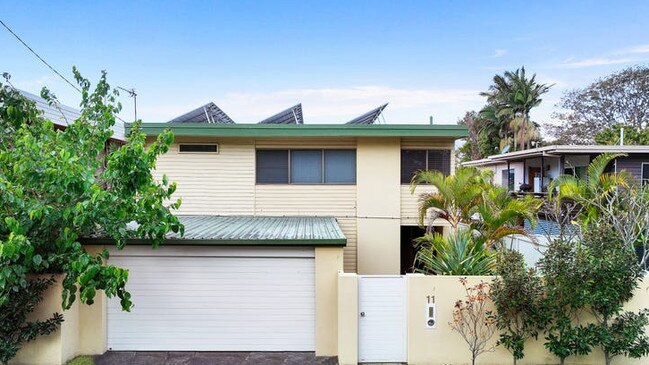
Ms Conisbee said many investors relied on negative gearing to make the investment viable, and any loss of this incentive would lead to a large number selling.
“This will reduce the number of rental properties immediately,” she said.
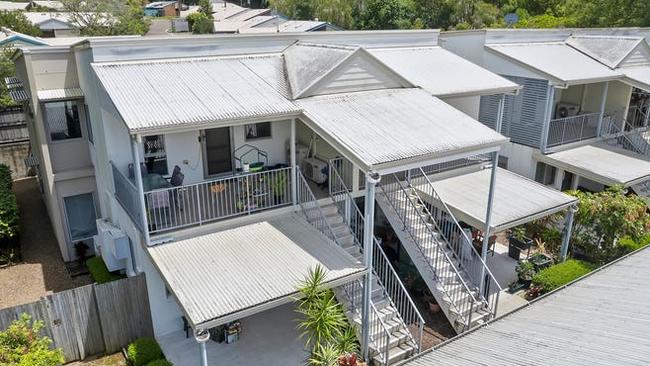
REIQ CEO Antonia Mercorella said the average mum and dad investor has one rental property.
“They’ve saved hard for and stuck their necks out on the line to buy and then continue to wear the associated risks and expenses to hold – we need to be encouraging them, not punishing them,” she said.
“These measures are designed to keep investors in the property market because at the end of the day, they are the ones providing the crucial supply of private properties for renters.
“If we lose negative gearing benefits, property investment becomes a whole lot less viable for many mum and dad investors, but it is renters who will ultimately feel the impact.”
More Coverage





